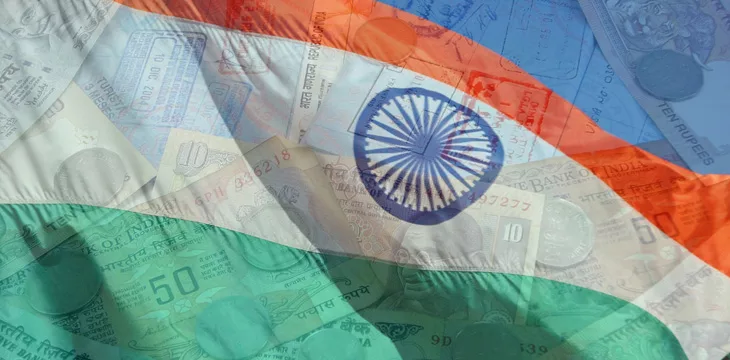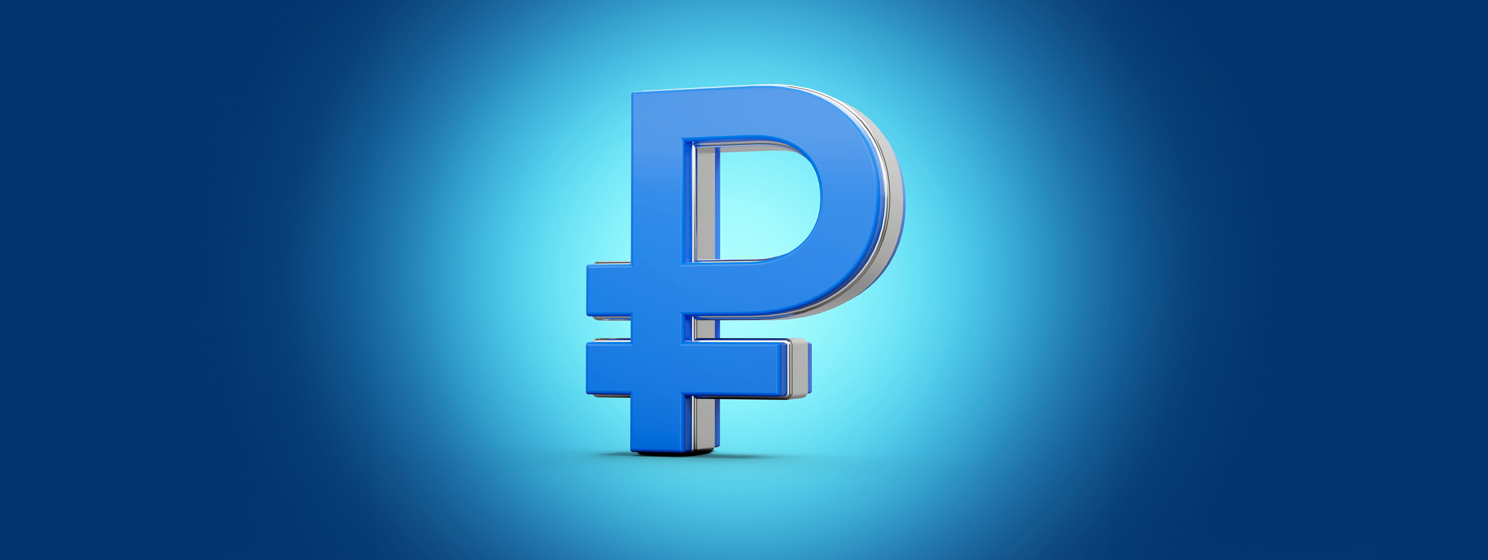|
Getting your Trinity Audio player ready...
|
The Indian government’s vision to transform the country into a cashless, digitally-empowered society is paying off after being recognized as the fastest-growing region in the Asia Pacific (APAC) in non-cash, alternative payments.
According to a report by data and analytics company GlobalData, India has seen the fastest jump in alternative payment share in the APAC region, from 20.4% in 2018 to 58.1% in 2023, second to China. This rise in non-cash, alternative payment methods can be attributed to the widespread usage of mobile wallets, largely driven by India’s Unified Payment Interface (UPI), which facilitates mobile payments in real-time simply by scanning QR codes, the report said.
Launched in 2016, India’s UPI became popular as a single mobile application for accessing different bank accounts. It has expanded to Mauritius, Sri Lanka, Singapore, France, Bhutan and Nepal and processes over 12 billion monthly transactions. Several mobile wallets, such as Paytm, PhonePe, Amazon Pay (NASDAQ: AMZN) and Google Pay (NASDAQ: GOOGL), have incorporated UPI functionality, allowing users to conduct QR code transactions directly from their linked bank accounts.
Other Asian economies like Indonesia, Hong Kong, Singapore and the Philippines are also seeing high adoption of alternative payment solutions. China is the largest e-commerce market globally with Alipay and WeChat Pay widely accepted among merchants. According to GlobalData’s 2023 Financial Services Consumer Survey, alternative payment solutions account for over 65% of e-commerce transaction value in China, representing a significant increase from 53.4% in 2018.
“While most Asian markets are traditionally cash-dominated, the adoption of alternative payment methods for both online and in-store payments is growing across many markets in the region, outpacing the West. This trend is driven by the rising smartphone and internet accessibility, increasing convenience of electronic payments, and the proliferation of mobile and QR code-based payment solutions,” said Shivani Gupta, senior banking and payments analyst at GlobalData.
GlobalData said its 2023 Financial Services Consumer Survey was conducted in the second quarter of 2023, and about 50,000 respondents aged over 18 were surveyed in 40 countries.
“Alternative payment solutions account for lion share in e-commerce markets across many APAC countries, supported by rising internet and smartphone penetration, and growing acceptance of digital payments by merchants. With the convenience, speed, and security they offer, coupled with high expected growth in the overall e-commerce market in the region, these payment tools are anticipated to further gain traction and disrupt the consumer payment space in the region,” Gupta added.
In November 2016, Indian Prime Minister Narendra Modi imposed a demonetization strategy to destroy counterfeit currency, grab undeclared income and promote a digital and cashless economy. The cashless and “Digital India” initiatives are put together to reduce corruption at all levels by promoting the use of credit and debit cards, internet banking or mobile apps for all transactions. However, India’s vast cash-dependent informal economy and unavailability of digital infrastructure in remote areas continue to be challenges that are yet to be tackled effectively.
Mobile wallet-based payments surge
According to a separate report by GlobalData, payments through mobile wallets in India are expected to grow at a compound annual growth rate (CAGR) of 18.3% between 2024 and 2028 to reach $6.4 trillion in 2028.
The value of mobile wallet payments in India grew at a CAGR of 72.1% between 2019 and 2023 to touch $2.5 trillion in 2023. This is mainly due to the government’s concerted efforts to promote digital payment methods, GlobalData stated.
“India is one of the most developed mobile wallet markets in the world. Mobile wallets are now widely used for day-to-day transactions at supermarkets, grocery stores, and street vendors, as well as for online transactions. The rise in mobile wallet adoption is largely driven by UPI,” Gupta said.
However, with the rise in digital payments, India has also witnessed an alarming increase in digital payment fraud. Data from the Reserve Bank of India’s (RBI) annual report show that digital payment fraud in India jumped to a record 14.57 billion rupees ($175 million) in the fiscal year that ended in March 2024 (FY2023-24).
As a result, the RBI has constituted a committee to examine various aspects of setting up a “Digital Payments Intelligence Platform” to ensure safety and security against fraud.
Watch: India is going to be the frontrunner in digitalization

 01-08-2026
01-08-2026 




